Resources
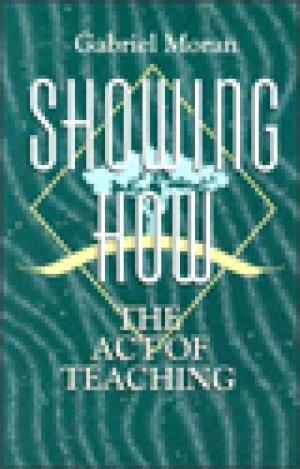
Here is a thoroughly original work on the meaning of teaching by one who has been widely credited with reshaping the field of religious education in the United States, and to have had a significant effect also in many other countries. Part 1 establishes a fundamental meaning for "to teach," grounding it in its most basic forms and moving from examples in the nonhuman world (what the mountain teaches the mountain climber) to communal and nonverbal forms of teaching among humans. Part 2 explores the languages of teaching and the diverse forms of speech appropriate to teaching: rhetorical forms, including storytelling and preaching; therapeutic languages; and religion's preservation of these languages in ritualized settings, including confessing and mourning. Part 3 draws out the implications of a full understanding of "to teach" for education, the school, and the teaching of morality. Showing How addresses schoolteachers, parents, counselors, ministers, administrators, and all who recognize teaching as a fundamental human act. By exposing the root meaning of teaching, the book represents a challenge to any proposals for educational reform. (From the Publisher)
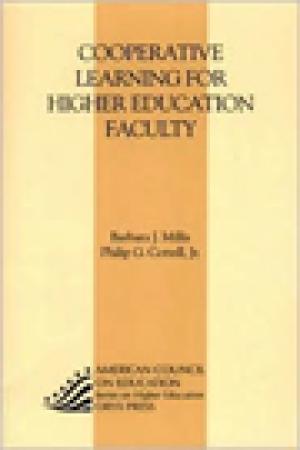
This definitive "how-to" book on cooperative learning at the postsecondary level is designed to serve as a vital resource for faculty who use a collaborative approach to education. It offers an overview of the cooperative learning process, including its rationale, research base, value, and practical implementation. The authors also describe a variety of approaches to cooperative learning drawn from complementary movements such as classroom research, writing across the curriculum, computer technology, and critical thinking. (From the Publisher)
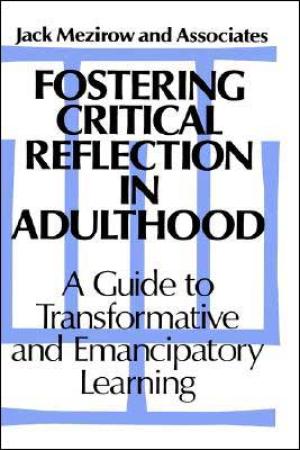
This book presents successful programs, techniques, and strategies for helping adult learners tap into their rich and diverse life experiences as a basis for growth and lifelong learning. (From the Publisher)
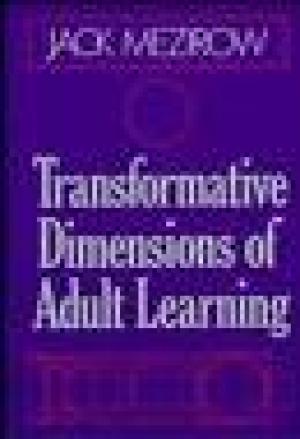
Transformative Dimensions of Adult Learning describes the dynamics of how adults learn--and how their perceptions are transformed by learning--as a framework for formulating educational theory and practice. It presents an in-depth analysis of the ways in which adults learn, how they make meaning of the learning experience, and how their lives can be transformed by it. (From the Publisher)
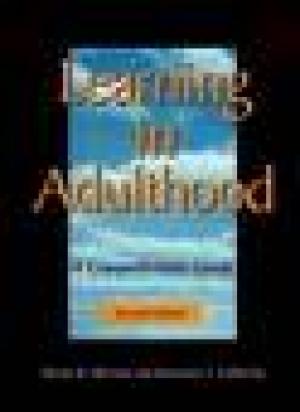
The second edition of Learning in Adulthood integrates the most important contributions to adult learning in the last decade. The result is an updated, comprehensive synthesis of what we now know about adult learning--including the context in which it takes place, who the participants are, what they learn and why, the nature of the learning process itself, major theoretical developments, and much more. Sharan Merriam and Rosemary Caffarella reveal how sociocultural influences can create specific developmental needs and interests, and how such social factors as race, class, and gender can shape learning. From this background, they construct a more inclusive perspective on adult learning, guiding readers toward new ways of thinking about teaching, learning, and the broader social implications of adult education. (From the Publisher)

Each year, hundreds of academics begin new faculty appointments. Some are just launching new careers, while others are advancing to new campuses. As faculty members and their institutions struggle to ease the passage to a new environment, they are faced with critical questions. What are the challenges of the transition process? And how does that process differ for first-time faculty and seasoned faculty? Drawing on a study conducted by researchers at the National Center on Postsecondary Teaching, Learning, and Assessment, Faculty in New Jobs shows how faculty and institutions can work together to ease the transition to a new job and facilitate the process of mastering academic work. Robert Menges and his associates offer practical, real-world advice covering all phases of the faculty career--from the difficult early process of settling in, to becoming socially and academically established, to ultimately building the institutional supports necessary for a successful career. The authors provide newcomers with valuable strategies for adapting to campus culture, building professional relationships, establishing a teaching style, and successfully juggling the diverse responsibilities of the faculty role. They also explain what institutions can do to select, support, and evaluate faculty more effectively. They describe the institutional climate that supports effective faculty transitions into and out of academia. They discuss what administrators can do to help faculty better understand and participate in the institutional culture, while also challenging and changing it in positive ways. (From the Publisher)

A Professor's Work attempts to clear up questions about the role of the college professor in society by providing a field study of what a professor actually does. The author organizes a year of his work and his colleagues into an overview of a years teaching, research, and service. The first section describes the service work, including a depiction of the search for a new faculty member, and a committee that investigated the appearance of extremely large general educational classes. Then the teaching section focuses on the teaching and evaluation of a single course, and the dealing with problems encountered by the wide variety of students who attend an urban university. Finally, the research section exposes the relationship of writing and publishing to the conflicts and interactions of scholars and with the impact the study had on the university community. The author also includes a representation of community activities, the relationship of a professor's work to his family life, and an evaluation of professors studied against two theoretical models of professional behavior and activity. (From the Publisher)
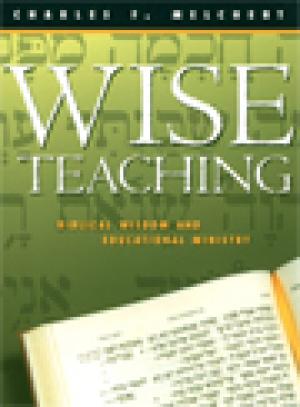
This book seeks to be responsible both to biblical scholarship and to pedagogical inquiry. It focuses on wisdom texts in the Bible (Proverbs, Job, Ecclesiastes, Ecclesiasticus, Wisdom of Solomon, and the Synoptic Gospels) and on inferences about teaching and learning that can be drawn from these texts. Acknowledging that we cannot reconstruct the practices of the wise teachers of the biblical tradition with historical methods, Meltbert nevertheless argues that the wisdom texts presumably embody not only what these teachers wanted readers to learn but also how it was to be learned. What do the literary forms and content of these texts presuppose, entail, or imply about reader-learners and about learning and teaching processes? Are some teaching-learning approaches more suitable than others for these texts or more likely to foster engagement with particular themes? Using a variation of reader-response criticism (the "readerly approach"), Melchert engages the wisdom texts (whose authorship is anonymous and whose particular historical-cultural context cannot be reconstructed with any confidence) in an effort to determine why the sages said and taught as they did and what contemporary teachers and learners might pick up from them about teaching, learning, and being wisely religious in a postmodern world. (From the Publisher)
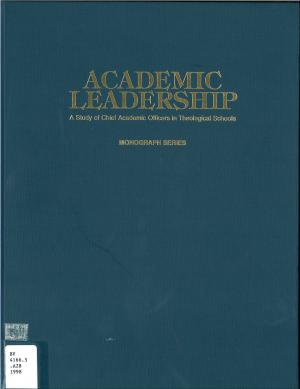
The monographs collected in this volume are based on research into the role of chief academic officers in North American theological schools. (From the Publisher)

Presents the results of a research study which surveyed the state of the deans of 75 percent of North American theological schools. The study profiles, who the deans are the types of work that they due, and their role in the administration and governance of schools. Reasons for high turnover are explored and recommendations are made to help schools encourage and develop leadership qualities in academic deans. (From the Publisher)